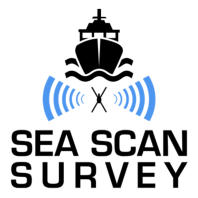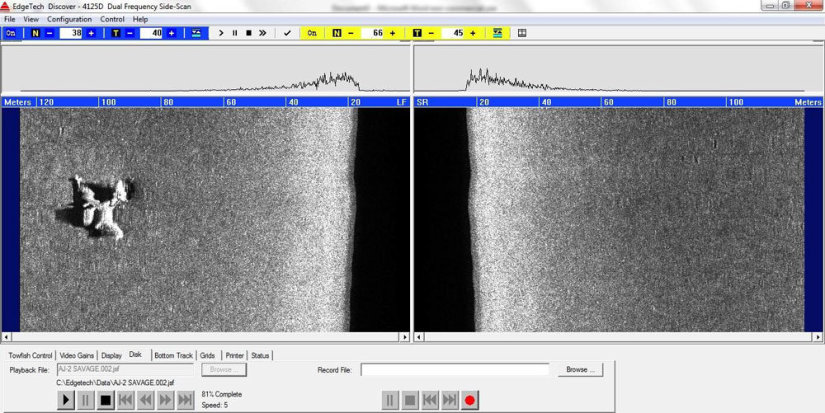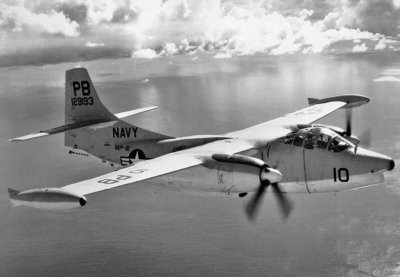NORTH AMERICAN AJ-2 SAVAGE BOMBER
- OUTSIDE SUBIC BAY

SIDE SCAN SONAR MARINE SURVEY
Copyright Sea Scan Survey Pty. Ltd. All Rights Reserved.
Website by VP-IT
Geographical Surveys - Search & Salvage
Marina, Structural & Hull Inspections
Technical & Rebreather Diving
AUSTRALIA + 61 4 8800 6501
PHILIPPINES + 63 917 165 7240



Post WWII Wreck
An AJ-2P photo reconnaissance plane of VAP-61. This version also flew out of NAS Cubi
Point.
The North American AJ Savage (later A-2 Savage) was a carrier-based medium
bomber built for the United States Navy by North American Aviation. The AJ-1 was a
three-seat, high-wing monoplane with tricycle landing gear and wasdesigned shortly after
World War II to carry either 5,400 kgs of conventional bombs or one Mk4 atomic bomb.
This meant that the bomber was the heaviest aircraft thus far designed to operate
from an aircraft carrier.
The AJ-2 model was powered by two Pratt and Whitney R-2800-48 Double Wasp radial
piston engines, mounted in nacelles under each wing, and a 4,600-pound-force Allison J33-
A-10 turbojet fitted in the rear fuselage, only intended to be used for takeoff and maximum
speed near the target.
First flight was July 3, 1948 and 140 plus three prototypes were built with only one preserved Savage existing today: A-2B Savage, Bu No 130418, which
is displayed at the National Museum of Naval Aviation at Naval Air Station Pensacola, Florida.
On the 10th of January 1957, USN AJ-2 Savage, Bu No 134060, Serial No 184-43,assigned to Heavy Attack Squadron 6 (VAH-6), Naval Air Station Cubi
Point, was on a routine bombing practice flight when it suffered propeller over-speed and engine failure. The pilot, Lt. Commander Jess R. Rowland,
ditched the aircraft in 72 meters of water off Silanguin and all three crew members survived with only the bombardier suffering a laceration to his
inner left leg.
The wreck was discovered in 2006 and was originally thought to be a WWII B26 bomber but further inspection and cleaning of the vertical tail fin by
divers using rebreathers revealed the Bu No and positively identified the aircraft.
Side scan image of the aircraft at 72 meters.
The wreck is mostly intact with its back broken, and with the visibility here usually much better than in the bay, is a good dive for the advanced trimix technical diver.
North American AJ-2 Savage Bomber


- Douglas A-1 Skyraider Wreck - Subic Bay
- MV Princess of The Orient Discovery
- USS Flier Discovery
- Manila Bay Wreck
- US Navy LCM-3 Wreck Discovery
- PSAI Advanced Wreck Penetration Course
- Sonar Scan in Subic Bay
- North American AJ-2 Savage Bomber - Outside Subic Bay
- Nakajima Ki-43 Fighter Wreck Discovery Near Coron
- IJN Auxiliary Submarine Chaser Kyo Maru No. 11 Wreck
- "Nikko Maru" Wreck - Banshu Maru No. 52


Associated companies:


















